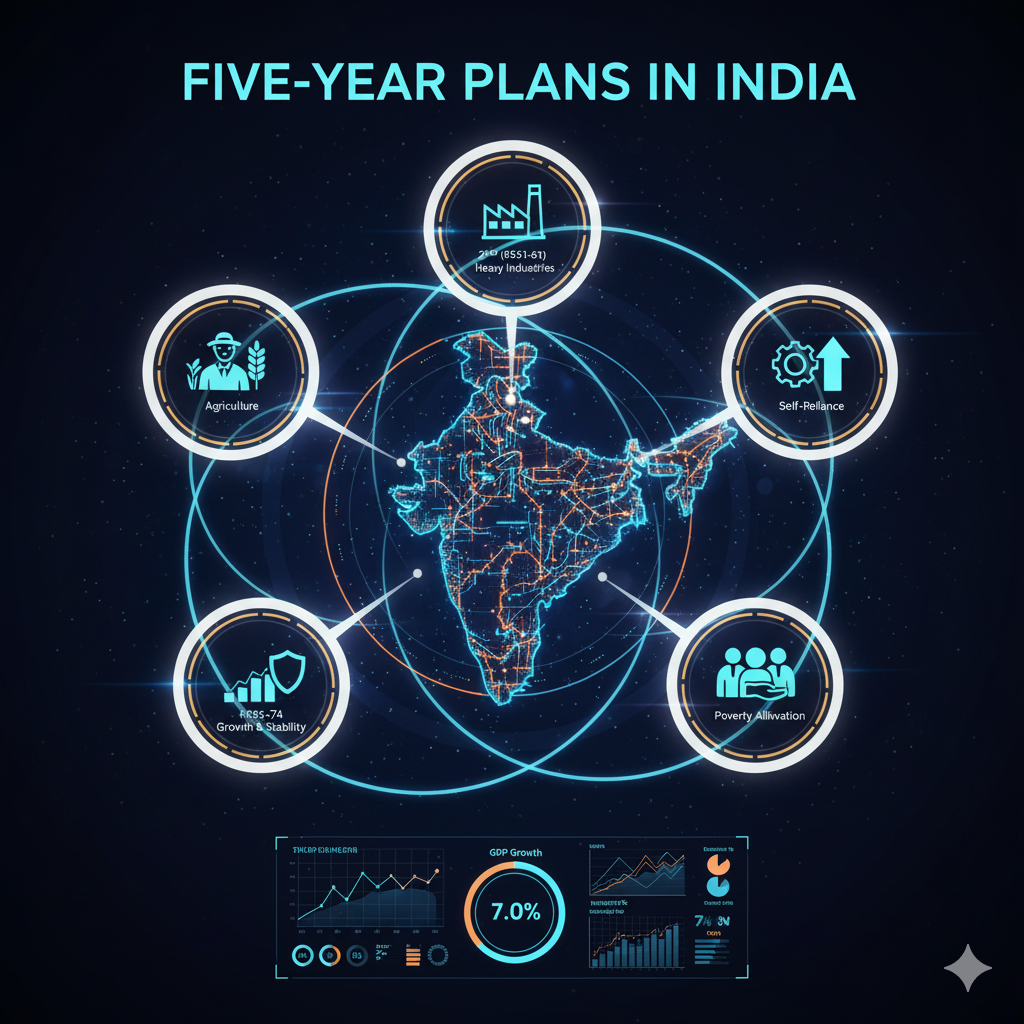Money laundering is the process of concealing the origins of illegally obtained money, typically by means of transfers involving foreign banks or legitimate businesses. The act of money laundering threatens a country’s financial system, impedes economic development, undermines the rule of law, and hampers the effectiveness of financial institutions. The increasing use of Information and Communication Technology (ICT) has exacerbated these challenges, making it harder for authorities to detect and prevent money laundering activities.
In the modern world, where globalization has led to enhanced financial connectivity, the sophistication of money laundering schemes has increased significantly. Criminals and illicit actors take advantage of technology to obscure the origins of illicit funds, making it harder for financial institutions and law enforcement agencies to trace these activities.
This article explores the impact of money laundering on a country’s economic sovereignty, focusing on how ICT has complicated the detection, prevention, and prosecution of such activities.
Understanding Money Laundering
Definition and Stages
Money laundering generally takes place in three stages:
- Placement: This is the first stage where illicit money is introduced into the financial system. Criminals may deposit the money into financial institutions, buy assets, or exchange it for other forms of value (e.g., cryptocurrencies).
- Layering: In this stage, criminals attempt to obscure the origin of the funds by moving the money through complex financial transactions. This may include transferring funds between multiple accounts, using shell companies, or converting money into assets that are hard to trace.
- Integration: This is the final stage where the illicit money is integrated into the economy, appearing to be from legitimate sources. Criminals may use the laundered funds to purchase luxury goods, invest in real estate, or fund businesses, giving the appearance of lawful wealth.
Money laundering is typically associated with activities like organized crime, terrorism financing, drug trafficking, and corruption. However, it is important to note that it also involves legitimate industries and services, such as casinos, real estate, and banking, which criminals exploit to clean their illicit funds.
Impact of Money Laundering on Economic Sovereignty
Economic Sovereignty refers to a country’s ability to maintain control over its economic policies, manage its financial resources, and determine its economic direction without external interference. Money laundering undermines this sovereignty in several key ways:
- Undermining Financial Systems: Money laundering distorts the integrity of a country’s financial system. When illicit funds flow through banks and financial institutions, it exposes these institutions to greater risks, including reputational damage, fraud, and legal penalties. Banks may face fines from regulators and international bodies for failing to detect suspicious activities. This leads to a loss of trust in the financial system, which, in turn, can affect foreign investments and capital inflows.
- Increased Corruption and Crime: Money laundering is often linked to other criminal activities, such as corruption, organized crime, human trafficking, and terrorism financing. By laundering illicit funds, criminals are able to fund further illegal activities, perpetuating a vicious cycle of crime and corruption. This undermines the rule of law and erodes public trust in government institutions, weakening the overall governance and economic system of the country.
- Impact on Domestic Investment: The presence of illicit funds in the economy distorts markets and creates unfair competition. Legitimate businesses may be outcompeted by firms that have been funded through money laundering, as they have access to cheaper, illicit capital. This creates an uneven playing field, discourages entrepreneurship, and reduces the incentives for legitimate domestic investment.
- International Repercussions: Countries with weak anti-money laundering (AML) frameworks face the risk of being blacklisted by international organizations such as the Financial Action Task Force (FATF). This could result in financial sanctions, reduced access to international capital markets, and strained relations with other countries. Economic isolation due to money laundering practices can restrict a nation’s ability to engage in global trade, investments, and economic cooperation.
- Loss of Tax Revenues: Money laundering also leads to significant tax evasion. Criminals conceal their illicit earnings, depriving governments of tax revenue that could otherwise be used to fund public services. This creates a fiscal deficit and limits a government’s capacity to invest in infrastructure, education, healthcare, and other critical sectors that are key to sustainable economic growth.
The Role of Information and Communication Technology in Money Laundering
Information and Communication Technology (ICT) has radically transformed the financial landscape, offering convenience, speed, and connectivity. However, these same features have also made it easier for criminals to launder money. Here are several ways ICT complicates efforts to combat money laundering:
- Global Connectivity and Cross-Border Transactions: The globalized nature of the financial system means that money can be transferred across borders within minutes, often bypassing local regulations. Criminals exploit this interconnectedness by using international networks and financial institutions in countries with weak AML regulations. ICT makes it easy for illicit funds to be moved through multiple jurisdictions, making tracing and identifying the sources of these funds more challenging for authorities.
- Use of Digital Currencies and Cryptocurrencies: The rise of digital currencies, such as Bitcoin, Ethereum, and other cryptocurrencies, has opened a new avenue for money launderers. Cryptocurrencies are often used to facilitate anonymous transactions, making it difficult for authorities to trace the origin or destination of funds. The decentralized nature of digital currencies means there is no central authority or regulator overseeing transactions, which increases the risks of their use in illicit activities.
- Online Banking and Mobile Payments: With the advent of online banking, mobile payment systems, and e-wallets, money can be transferred quickly and discreetly. Criminals often use these platforms to move illicit funds or convert them into legitimate-looking assets. Peer-to-peer (P2P) payment systems also enable money transfers without the need for traditional financial intermediaries, providing criminals with a layer of anonymity and making it harder for authorities to track transactions.
- Shell Companies and Fake Identities: ICT has facilitated the creation of complex structures such as shell companies and fake identities, which are often used in money laundering schemes. Online platforms allow individuals to register businesses without revealing their true identities, making it easier to create fake companies that can be used to conceal illicit transactions. These virtual entities may appear legitimate on paper but are used as a front for laundering money.
- Cybercrime and Hacking: The rise of cybercrime has also led to an increase in money laundering activities. Criminals hack into financial institutions, databases, or even individual accounts to steal funds, which they later launder using various digital methods. Cybercriminals may exploit vulnerabilities in online systems, using malware or phishing schemes to gain unauthorized access to financial assets.
- Dark Web and Encrypted Communication: The dark web, a hidden part of the internet, has become a haven for illicit activities, including money laundering. Criminals use encrypted communication tools to exchange information, plan illegal activities, and launder funds. These encrypted networks, combined with anonymous payment methods like cryptocurrencies, make it very difficult for law enforcement agencies to monitor or disrupt these illegal activities.
Measures to Combat Money Laundering in the ICT Age
To address the growing threat posed by money laundering in the digital era, governments and international organizations have developed several strategies and technologies to counter this crime:
- Regulation of Cryptocurrencies: Many countries have implemented regulations that require cryptocurrency exchanges to adhere to anti-money laundering (AML) standards. This includes the implementation of Know Your Customer (KYC) procedures to ensure that users are properly identified and transactions are monitored for suspicious activity.
- Enhanced Data Analytics and Artificial Intelligence: Financial institutions are increasingly using advanced data analytics, machine learning, and artificial intelligence (AI) tools to detect suspicious patterns and transactions. These technologies can analyze vast amounts of financial data in real time, helping to identify potentially fraudulent or illicit activities that may indicate money laundering.
- International Cooperation and Information Sharing: Given the cross-border nature of money laundering, international cooperation is crucial for tackling this issue. Organizations like the Financial Action Task Force (FATF) have created global standards for AML compliance. Many countries have signed international agreements to share information and collaborate in tracking illicit financial activities.
- Stronger Regulatory Frameworks: Countries are continuously updating their anti-money laundering regulations to address emerging challenges in the financial system. Stronger KYC norms, stricter reporting requirements, and enhanced due diligence for financial institutions are critical in combating money laundering activities.
- Public Awareness and Training: Governments and organizations are working to raise awareness about the risks of money laundering and provide training to financial institutions, law enforcement, and the general public. This ensures that people are more vigilant and capable of identifying red flags associated with money laundering.
Conclusion
Money laundering remains a significant threat to a country’s economic sovereignty, particularly in the digital age. The increasing use of ICT has made it easier for criminals to launder money across borders, conceal the origin of illicit funds, and exploit financial institutions. As a result, countries must strengthen their anti-money laundering frameworks, adopt new technologies, and foster international cooperation to prevent and combat this crime.
The integration of ICT has undoubtedly posed challenges for regulatory bodies, but with the right mix of technology, regulation, and international collaboration, the global community can work toward a more secure and transparent financial system. Only by addressing the digital transformation of finance can we mitigate the economic and social consequences of money laundering.




